

ABOUT THE AUTHOR
Yareli Campos Public Relations and Commercial Management
“Around the artistic creation of architecture there is also strong parallel marketing and sales work to connect projects and spaces with their corresponding ideals and potential users.”
Introduction
A building or construction is interesting not only from its functional aspect but also because of the interaction that inhabitants have with it day by day. Users can be transformed by architecture, so, therefore, they end up admiring it. Le Corbusier wrote: “You employ stone, wood and concrete, and with these materials, you build houses and palaces. That is construction, creativity is at work. But suddenly you touch my heart, you do me good, I am happy, and I say: “This is beautiful”. That is Architecture”.
The truth is that architecture, besides having the functional purpose of solving a human need for shelter and protection, has historically been a tool of power and an object that generates pleasure. Let’s think of the imposing palaces, fortresses, and mansions that denoted and manifested wealth historically. The powerful, prosperous, well-positioned people have been owners and possessors of the most magnificent works of architecture. Both cities and buildings reflect the wealth, abundance, and economic and technical capacity of their inhabitants and owners. When the client decides to buy a property for a personal issue or as an investment, magic happens. The architecture has made them fall in love with an ideal; it has therefore a convincing and transforming effect!
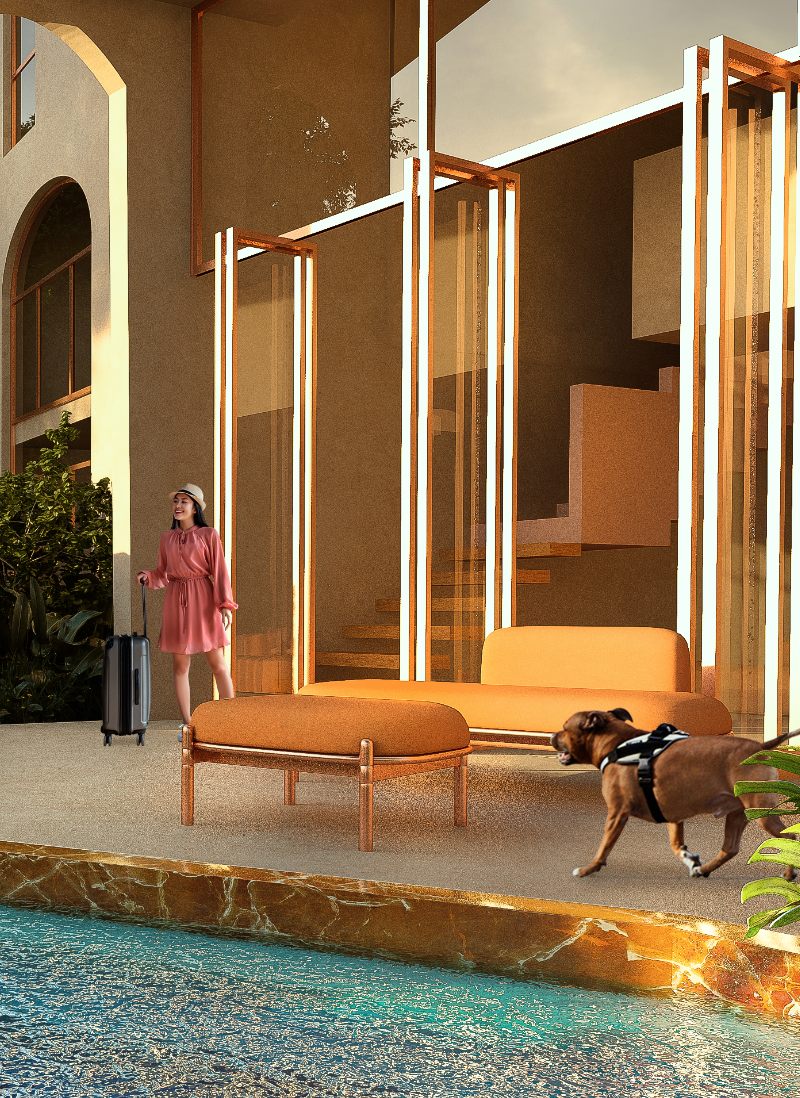
The beauty of creating a space. How to reach your target?
A project must offer the user basic pillars such as security, peacefulness, and security. One of the missions of an architectural firm is the materialization of concepts and aspirations in finished products that have an impact on the future of the lives of its inhabitants.
To make the project fit the target user, there must be a market analysis. This allows the architect to define which niche the project will be directed to. The segmentation of a niche and future client is applied through multiple strategies: for example, by designing a website, promoting the product through social network management, writing articles in determined and focused magazines, and publishing it in the project’s portfolio of the firm. All this set of things makes a stamp of originality and makes it conveys the exclusivity of the brand while achieving identification with the user.
The magic of creating architectural design culminates with the sale of the product by the commercial team.
The sales team is a very important pillar when retailing the development because if an architectural product fails to be accepted on the market at the time it was projected, it will be considered unsuccessful. Therefore, the project must be of the highest quality and the sales team must know it as the team of professionals who conceived, designed, and executed it to share and communicate intentions, and sensations by transmitting them to future residents who will live there.
Eden Tulum
Eden Tulum, a real estate development designed by Cafeína Design is the main example of what I mentioned before since the guidelines for its success were set from the moment it was conceived.
This project shows off the saying: "numbers never lie" since without having placed a single stone, it was quickly commercialized due to the correct interpretation of the target user and its translation into an attractive, geometrically daring design.
Eden Tulum addressed:
- Authentic people.
- Those looking for experiences that resonate with their lifestyle.
- Temporary visitors.
- Digital nomads.
- Animal lovers
- Those with a healthy lifestyle
- Aware of art and beauty
- In favour of diversity
- Interested in detail
- Those who prefer quality over quantity.
From the monumental and sculptural access to the interiors aimed at a disruptive lifestyle, Edén Tulum integrates architecture and the landscape, from which the inhabitant begins his transition to a dimension of pleasure.
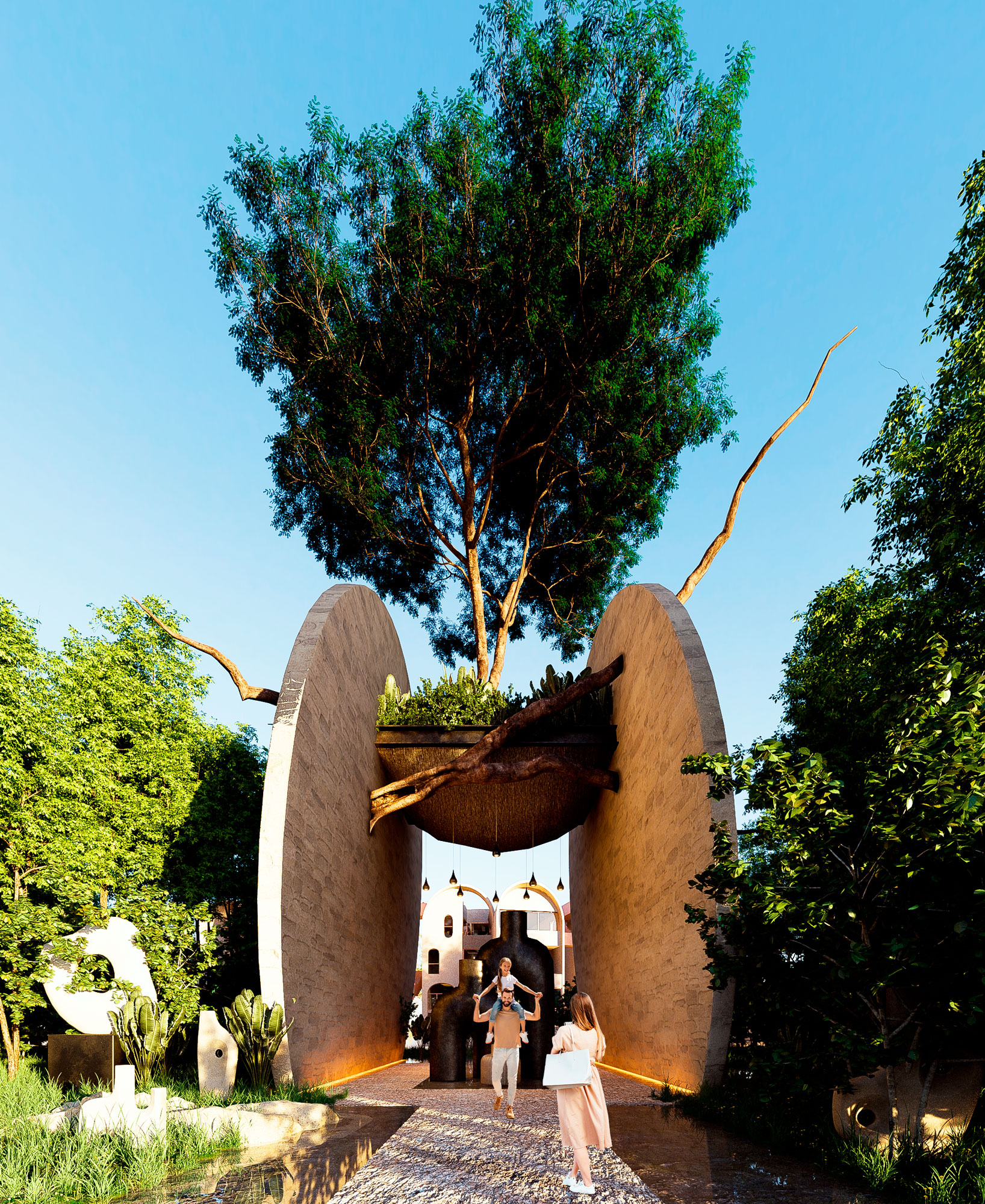
Eden Tulum, designed by Cafeína Design
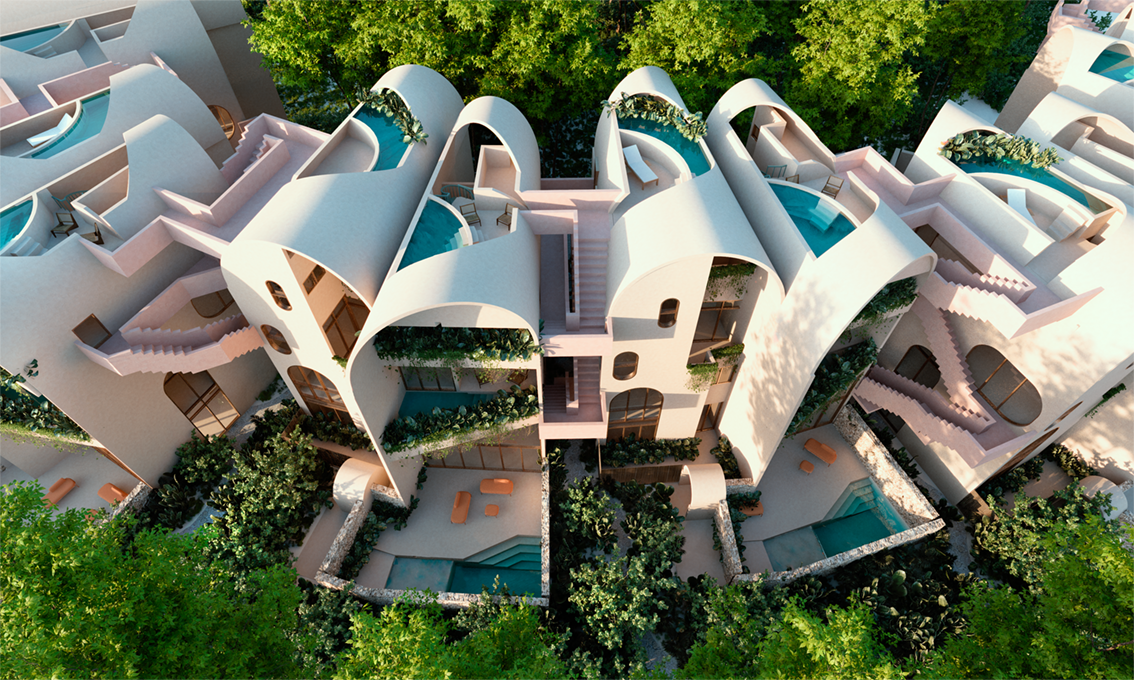
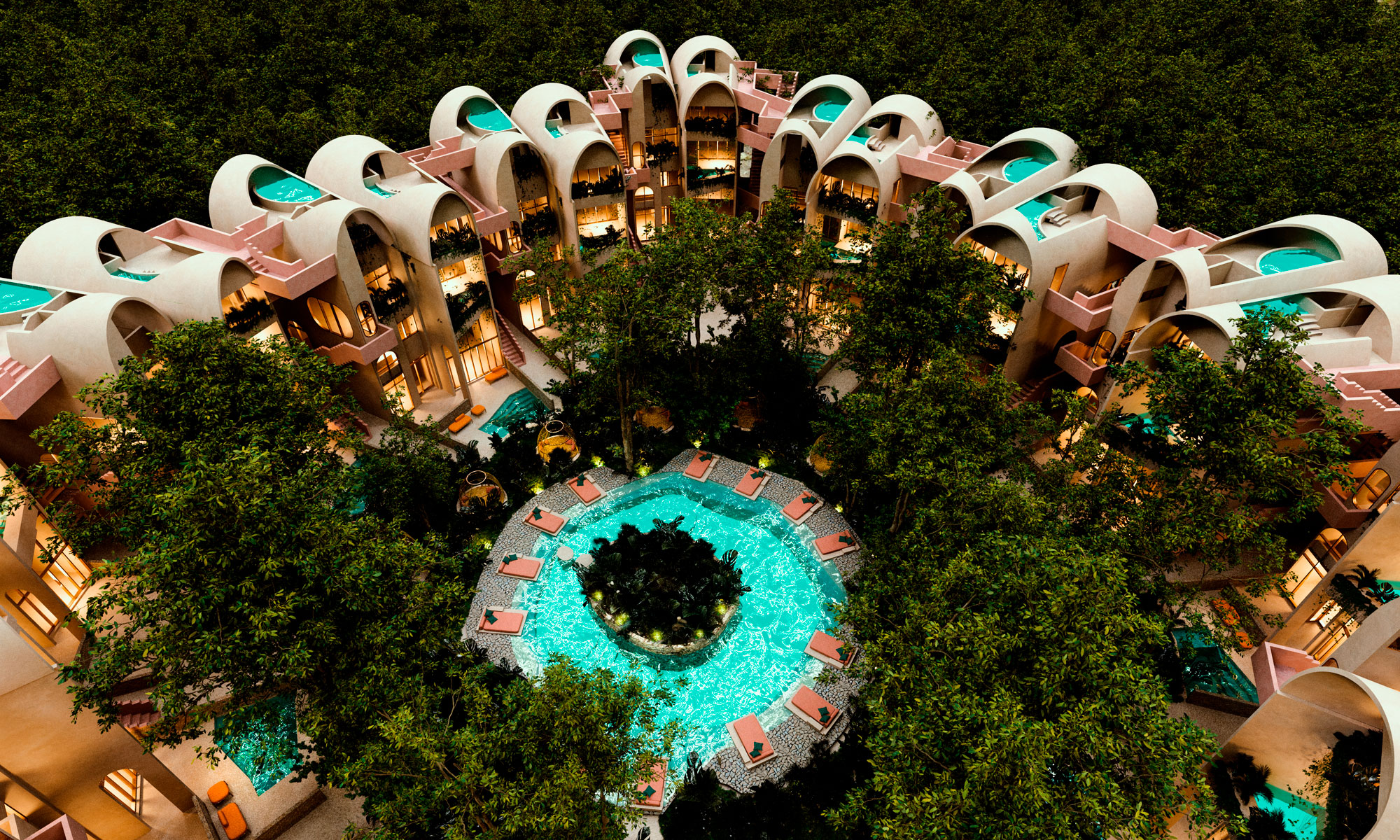

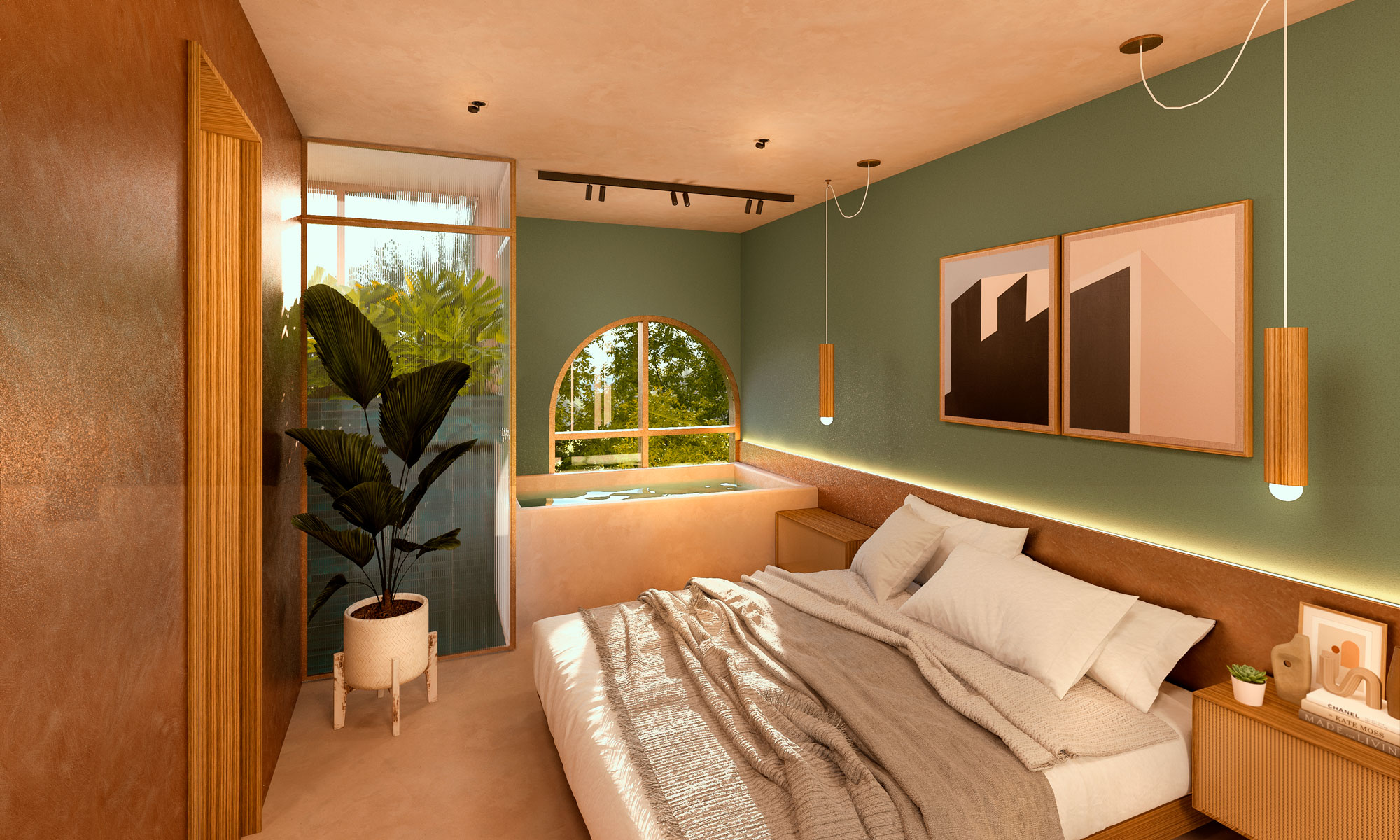
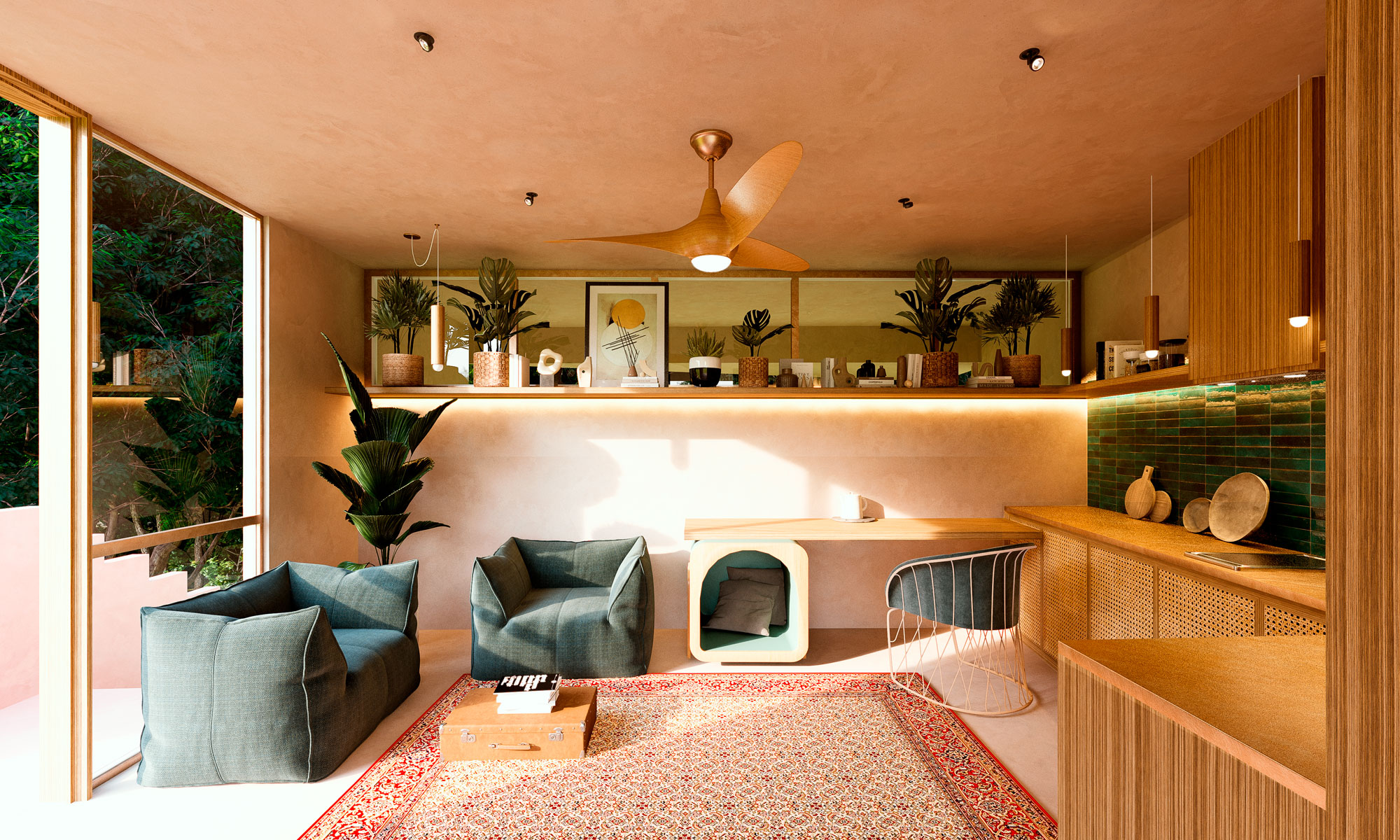
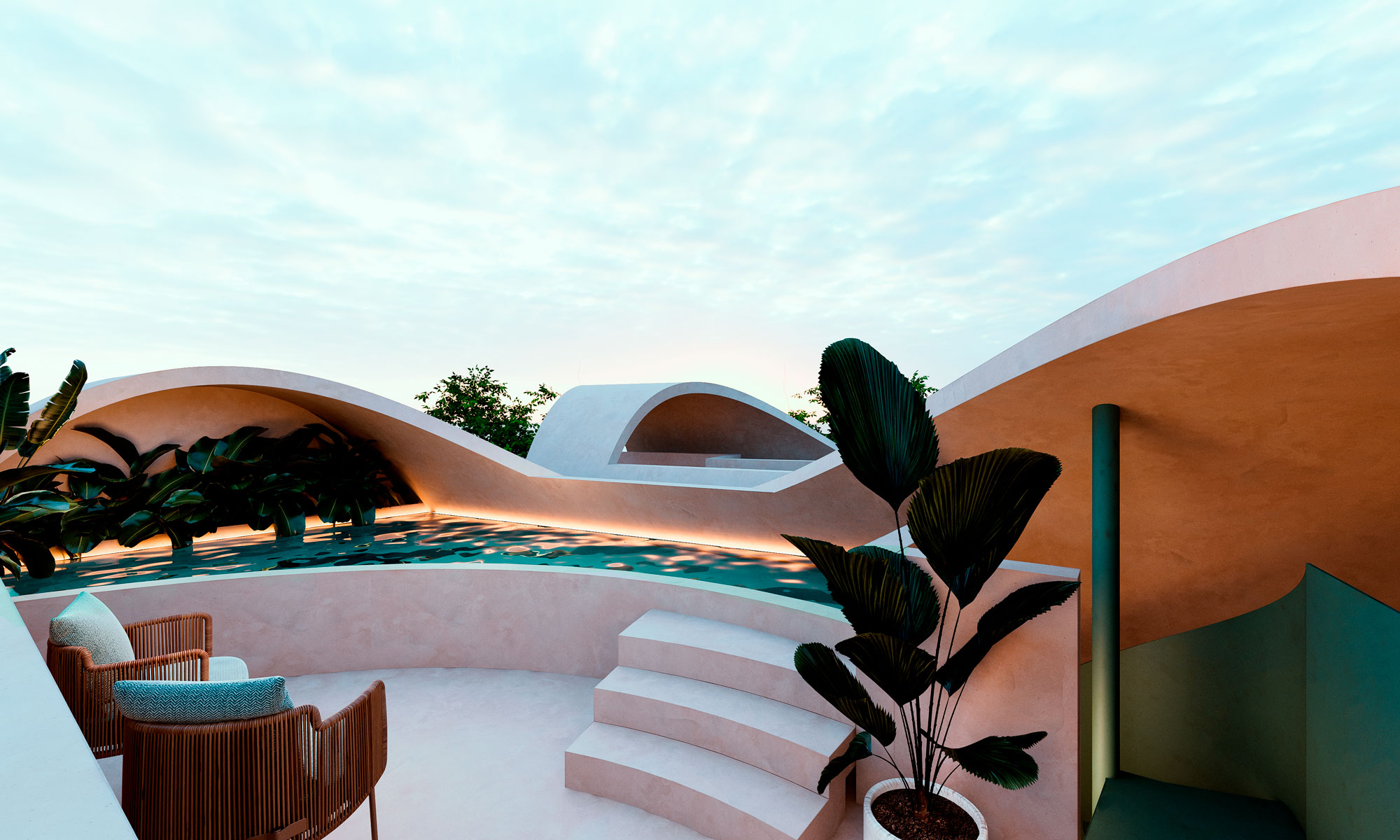
Conclusion
From a business perspective, it is clear that market and competition analysis complemented by the point of view of the sales and marketing team is crucial for the design team to identify the target user, and determine the image and identity of the project. This collaborative work allows a development to be successful and attractive to the client, fulfilling their aspirational wishes.
Want to know more about this topic?
Contact us
